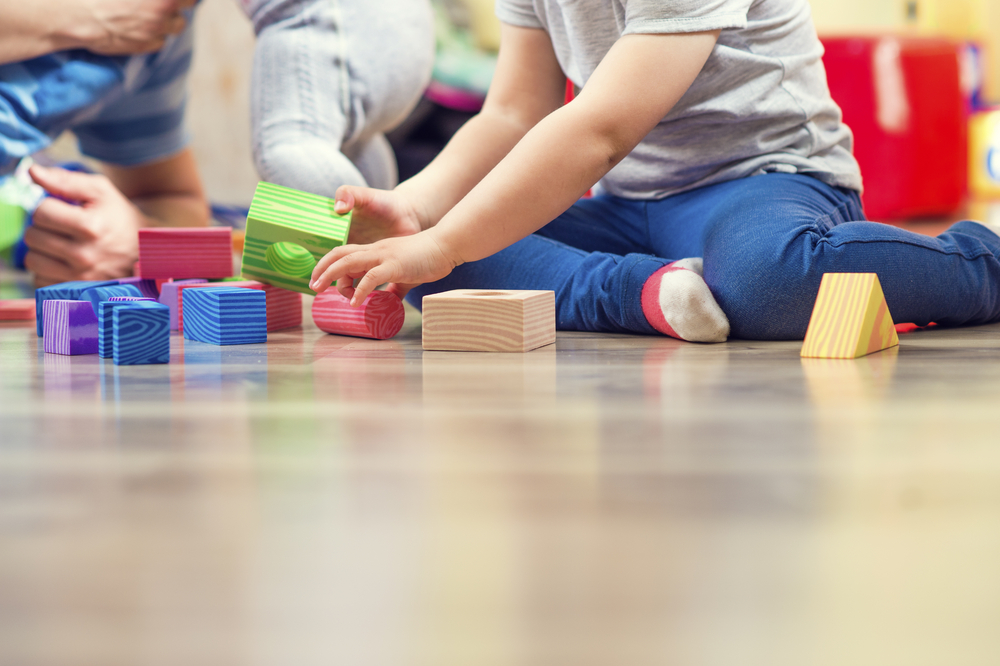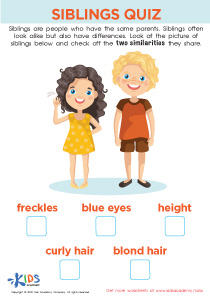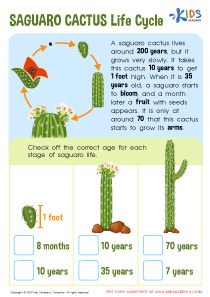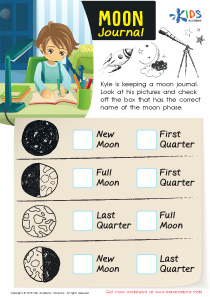Normal The 5 Senses Worksheets for Ages 5-8
12 filtered results
-
From - To
Explore the world of sensory learning with our "Normal The 5 Senses Worksheets for Ages 5-8." Designed to engage young learners, these worksheets combine fun activities with educational content to teach children about sight, sound, smell, taste, and touch. Each worksheet features vibrant illustrations and hands-on exercises that make learning about the five senses an interactive and enjoyable experience. Perfect for classroom use or home study, these printables will help kids better understand how their senses work and how they use them daily. Boost your child's sensory knowledge and curiosity with these comprehensive resources!
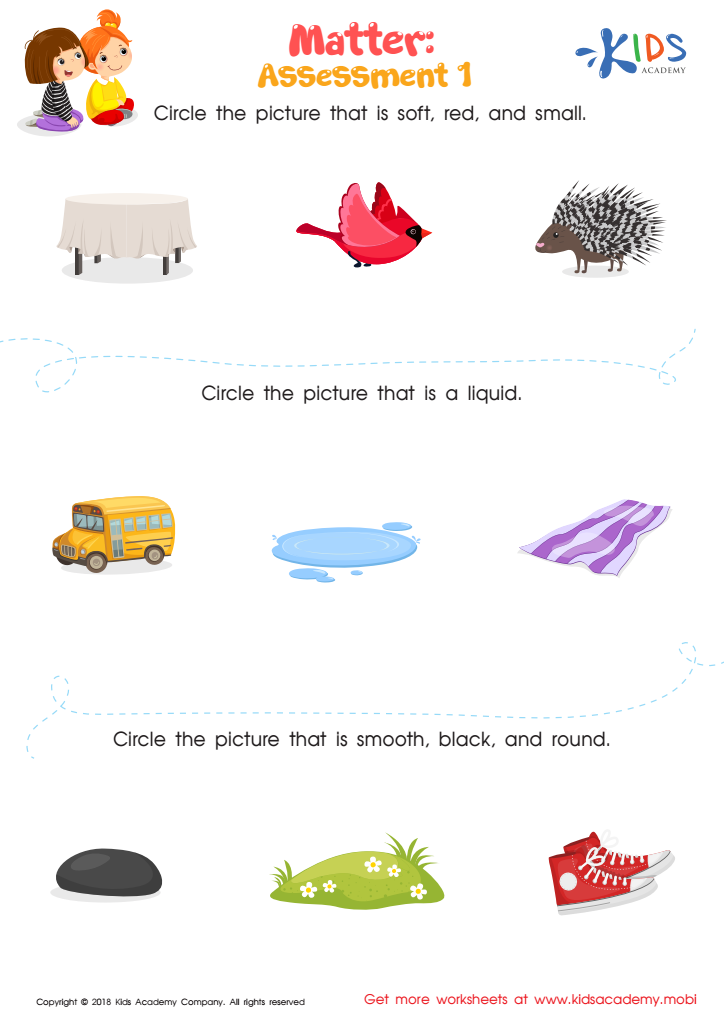

Matter: Assessment 1 Worksheet
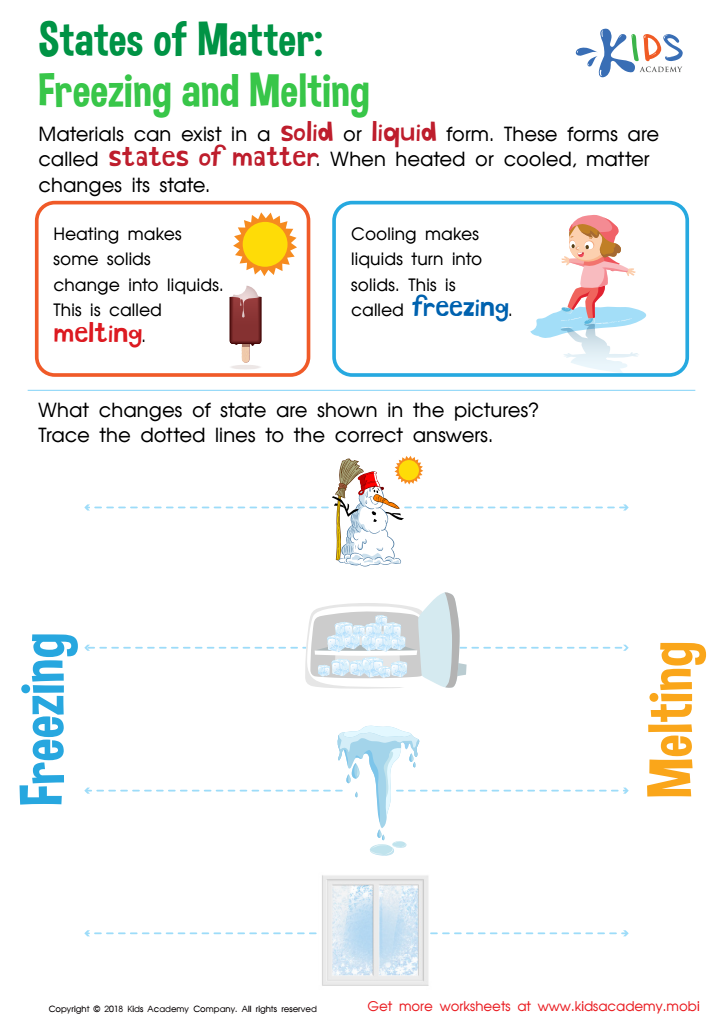

States of Matter: Freezing and Melting Worksheet
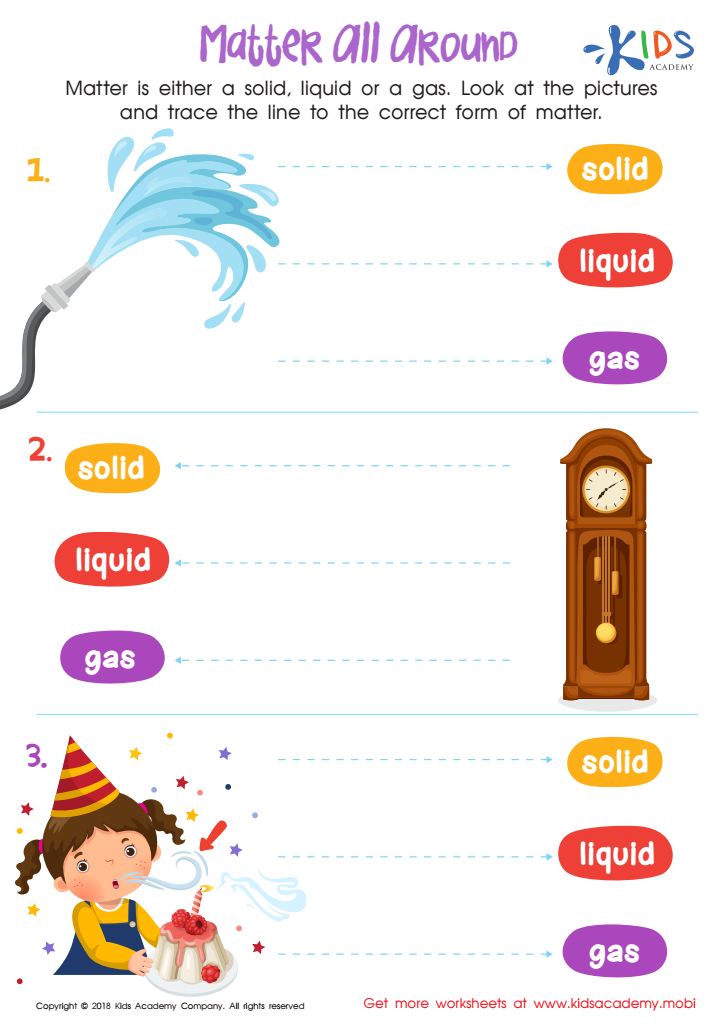

Matter all Around Worksheet
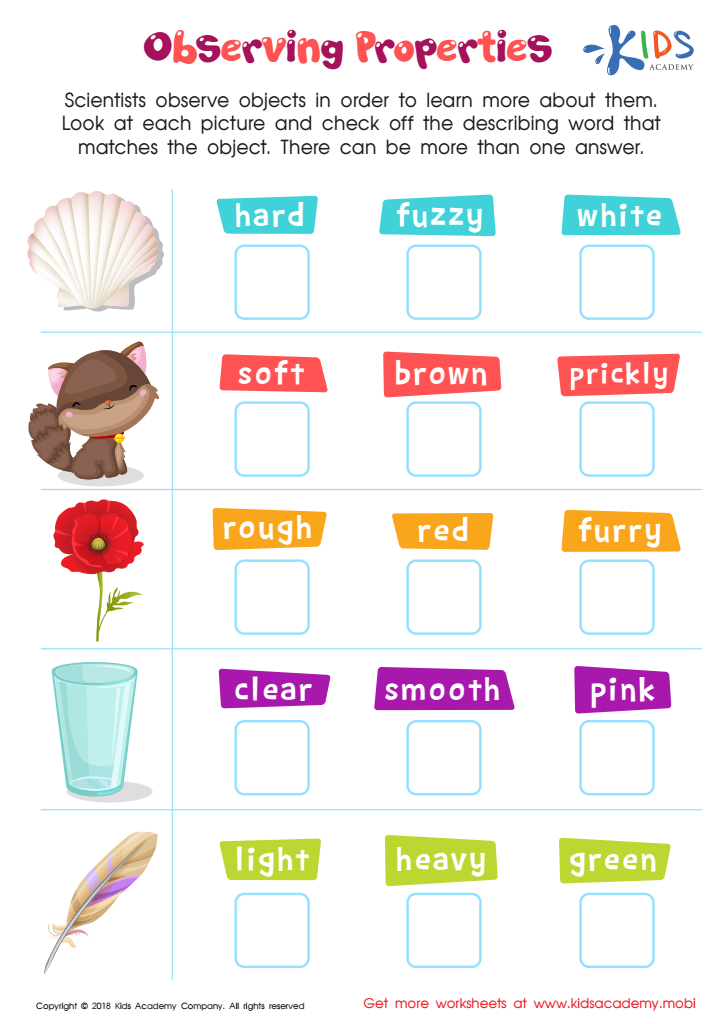

Observing Properties Worksheet
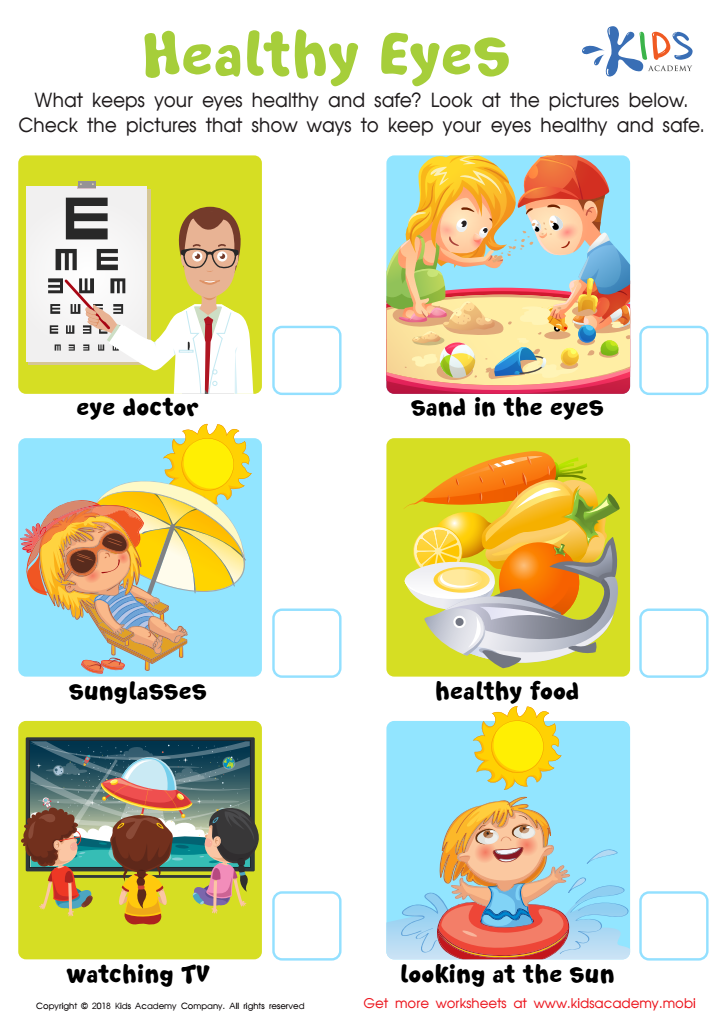

Healthy Eyes Worksheet
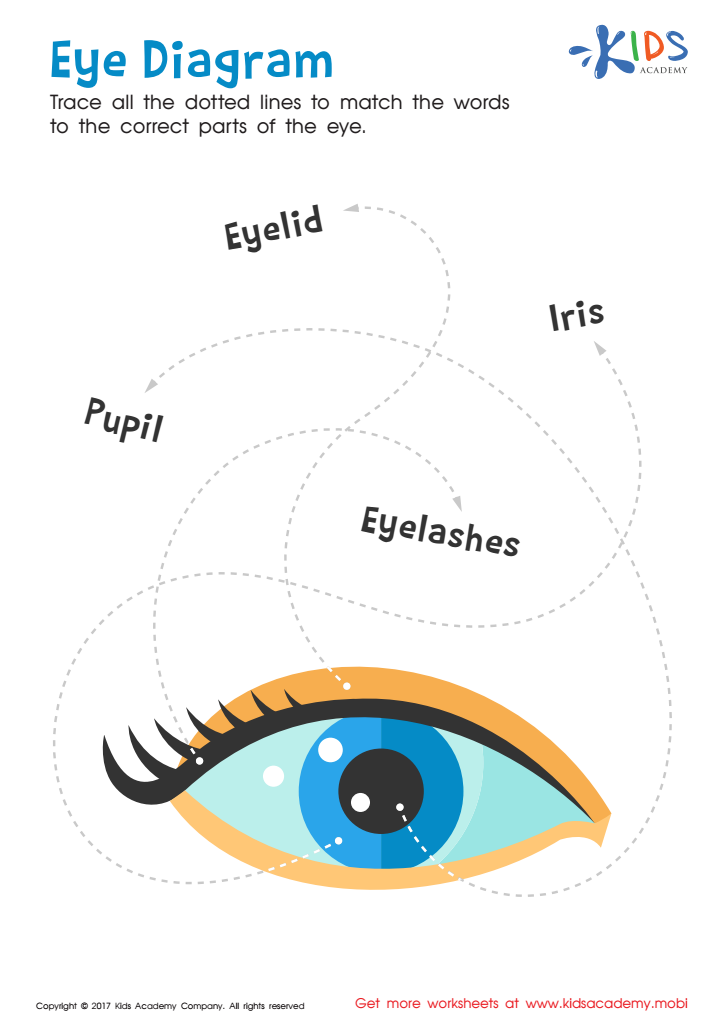

Eye Diagram Printable
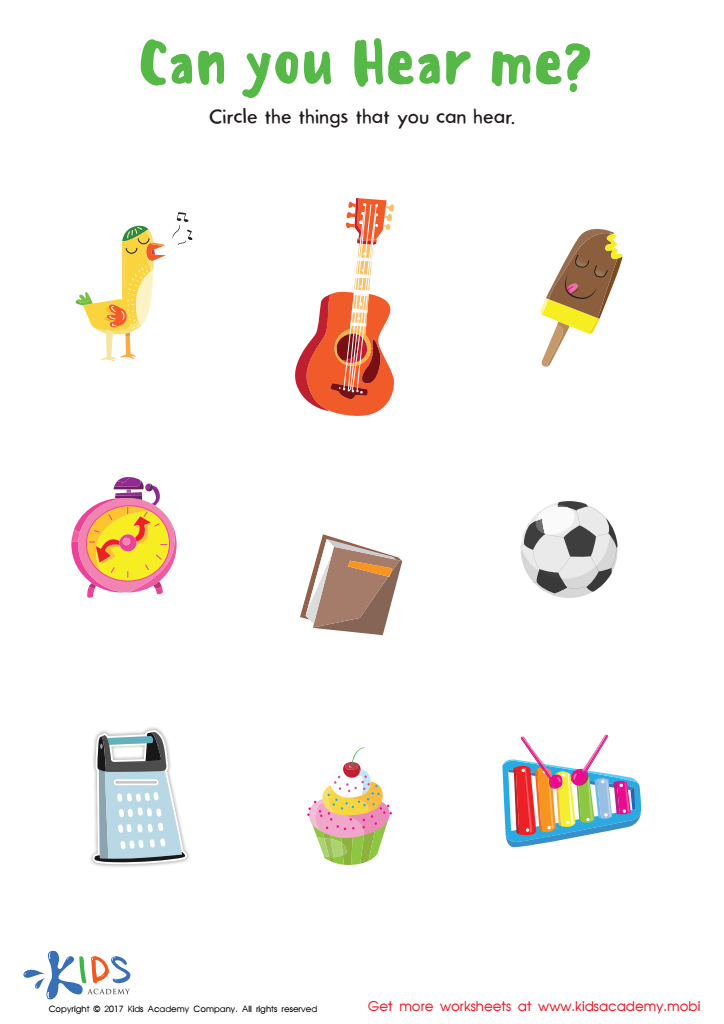

Can You Hear Me Worksheet
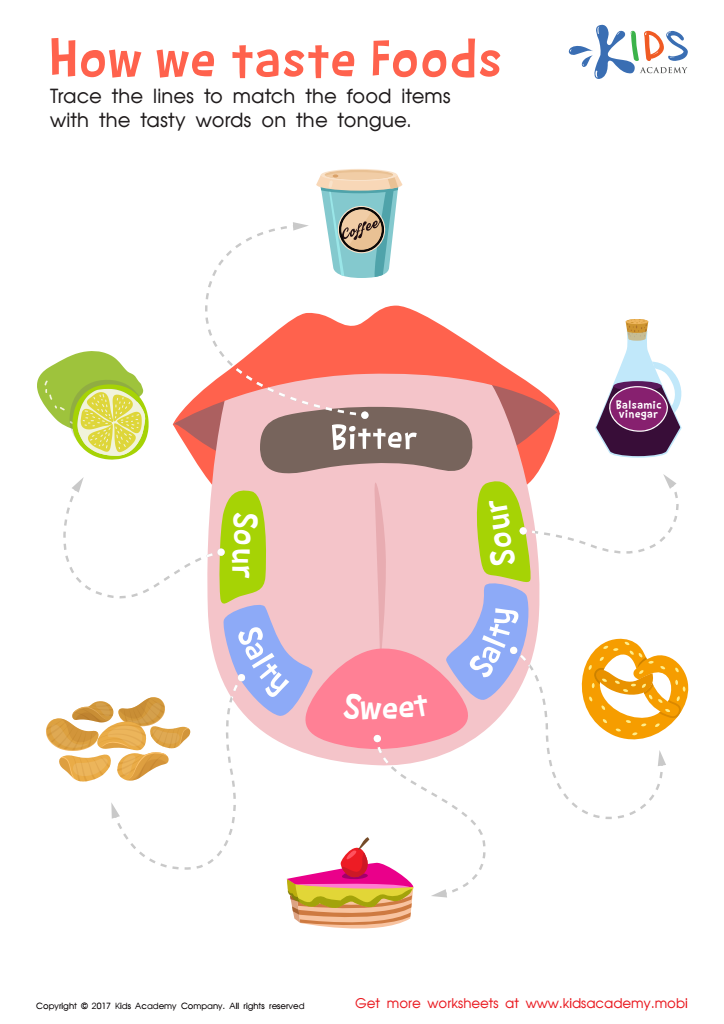

How We Taste Foods Worksheet
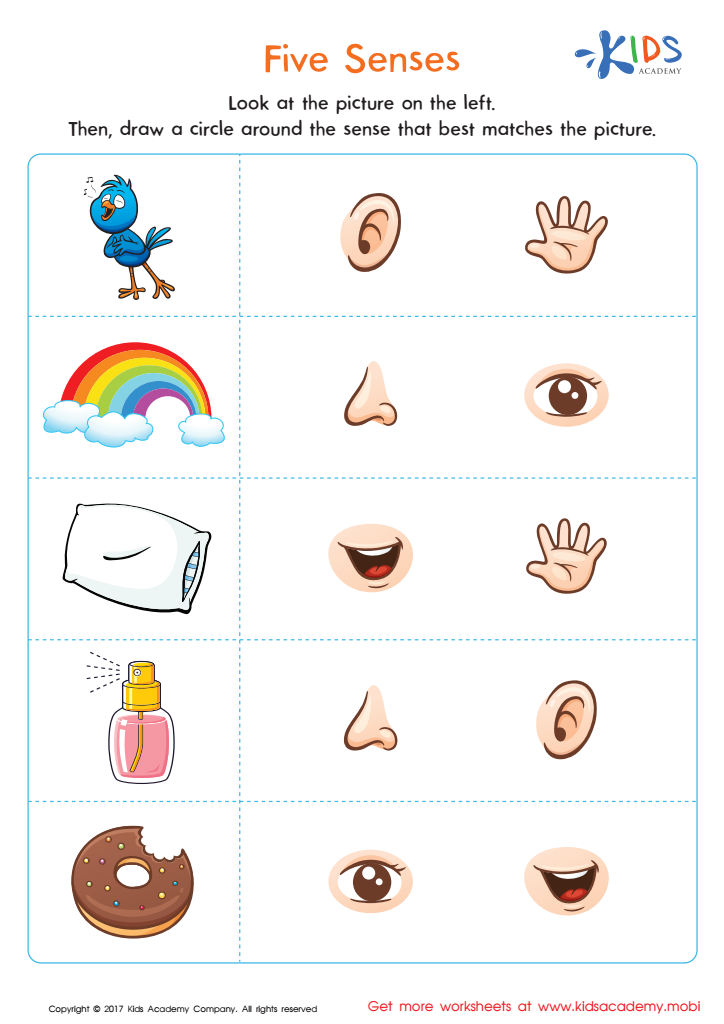

Five Senses Printable
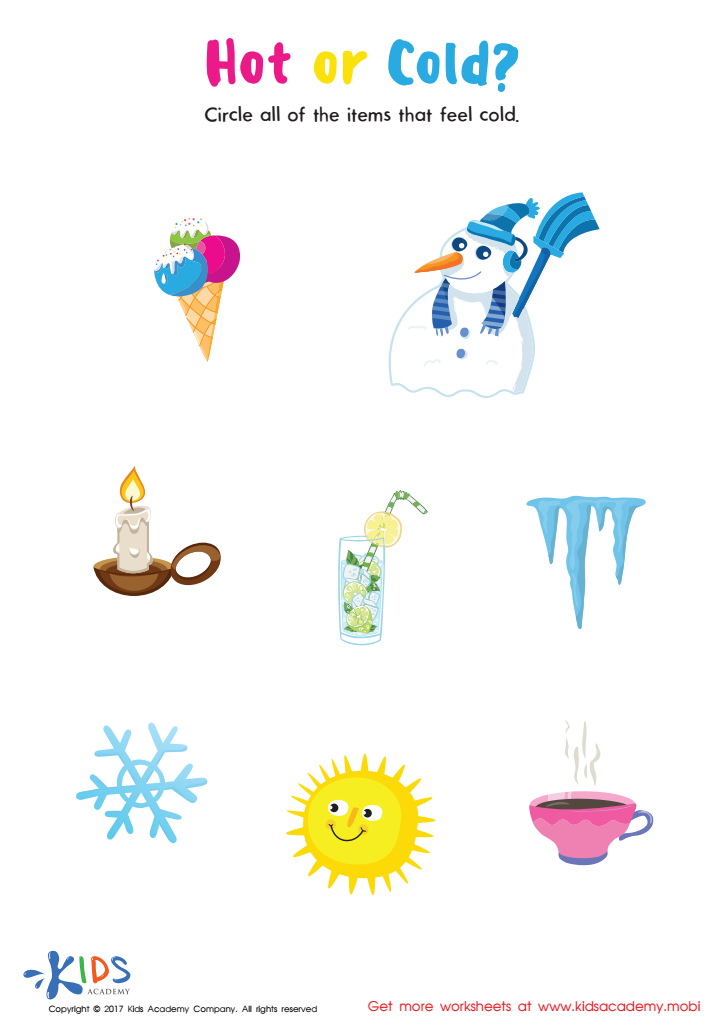

Hot or Cold Printable
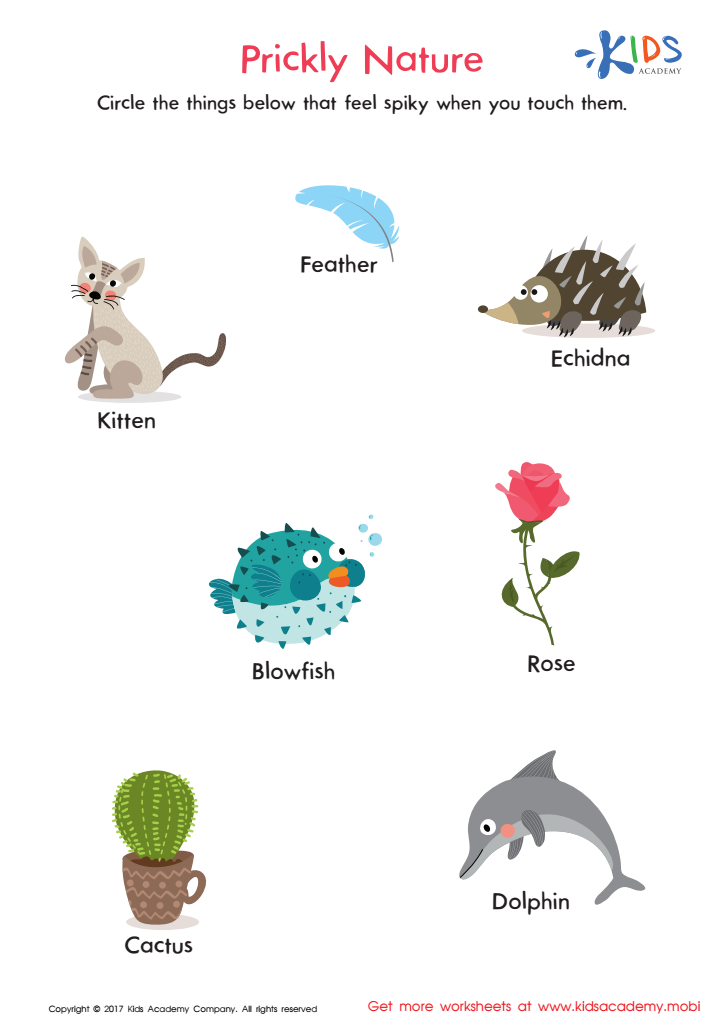

Prickly Nature Worksheet
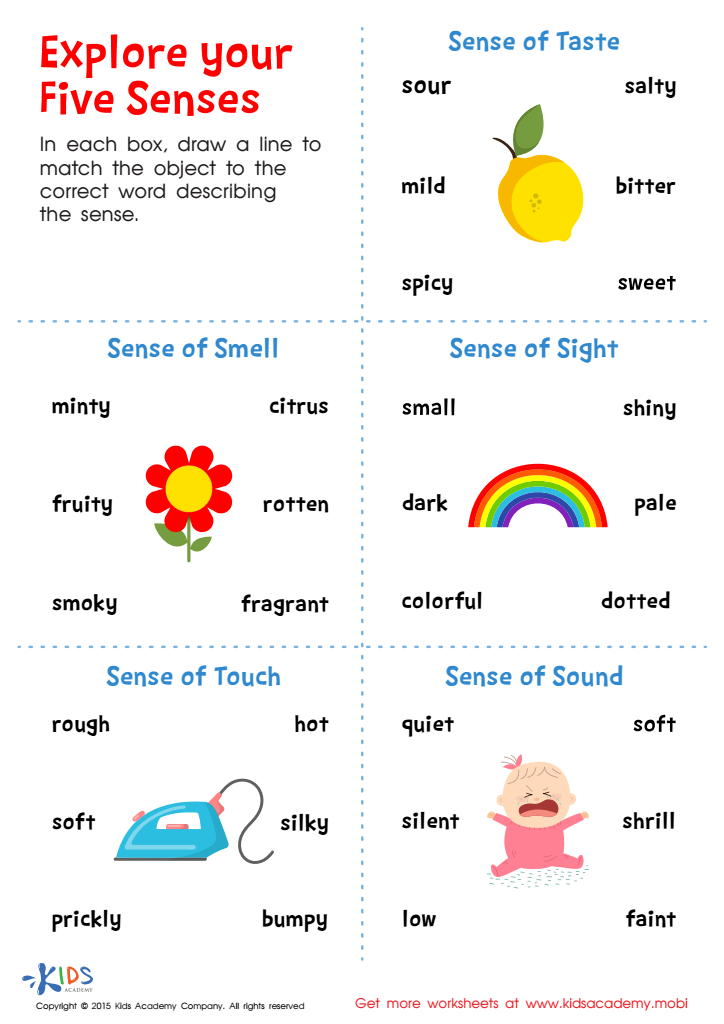

Explore Your Five Senses Printable
Understanding the five senses—sight, hearing, taste, touch, and smell—is vital for children's development, particularly for those aged 5-8. For parents and teachers, promoting this knowledge supports multiple facets of growth: cognitive, social, and emotional.
Firstly, learning about the senses enhances cognitive abilities. It lays foundational groundwork for scientific thinking, encouraging children to observe, question, and engage with the world. When kids explore how their senses work, they build crucial problem-solving and analytical skills. For example, identifying different scents improves their ability to compare and contrast information.
Secondly, working with the five senses improves communication and social skills. children learn to articulate their experiences and feelings more clearly when they understand their senses. This articulation is especially critical during early education when vocabulary and language are still developing.
Emotionally, recognizing and interpreting sensory details can help children understand their own needs and emotions. For example, discerning when noises are too loud or lights too bright allows children to communicate discomfort, helping caregivers provide a more conducive environment for learning and growth.
Overall, a focus on the five senses helps to cultivate a more rounded, perceptive, and expressive individual, prepared to interact with the broader world effectively and empathetically.
 Assign to My Students
Assign to My Students


